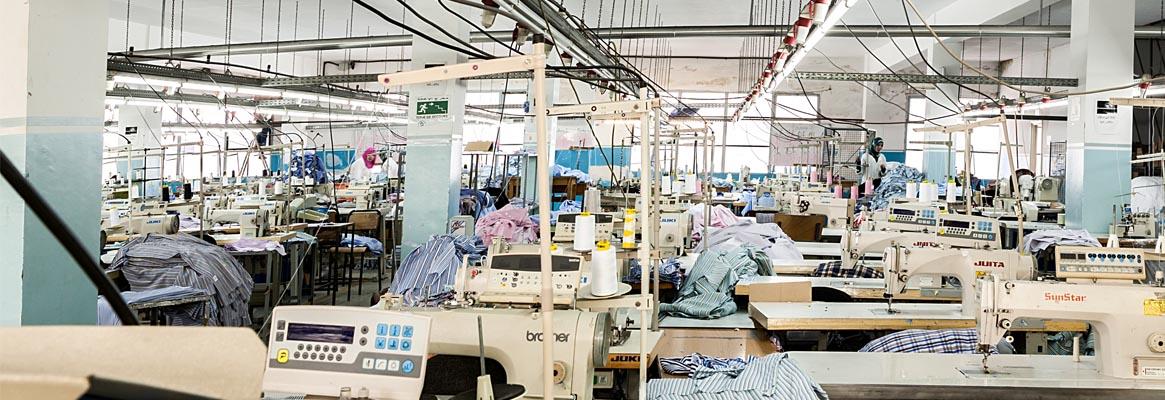The concept of transparency is being diluted to include all types of information. Sarah Ong asks how we can sharpen our focus on incisive data that makes transparency actionable in the apparel industry.
Transparency used to be a dirty word-at least, in the apparel industry. Eighteen years ago, three academics - Archon Fung, Dara O'Rouke, and Chuck Sabel - published a visionary plan to end poor working conditions in the industry's sweatshops.
It described an industry where supply chains, working conditions and audit quality would be transparent and published for anyone to see. The relevant factories, brands and auditing companies would be named so that managers would be publicly accountable for their company's performance. It was not a popular proposal.
Fast forward to today, five years after the Rana Plaza building collapse, and talk of transparency is everywhere.
Last year, the Economist Intelligence Unit wrote: "Companies seeking credibility with an increasingly well-informed and critical consumer base need to stop making excuses they must recognise that in the digital era, they can neither control the agenda, nor who can access information on their supply chains. Pressure on them for transparency and responsibility will only increase."
While it is good to see transparency move from dirty word to mainstream, the term 'transparency' is increasingly being diluted. I've heard it used to describe CSR reports, honesty between buyers and suppliers, and news articles. These types of information cannot root out decades of poor conditions. Decisive surgery is needed to change factory conditions. And like any successful surgery, this requires precise use of a scalpel - any old knife will not do.
To be effective, transparent data needs to be:
Named: The information must be linked to a specific company, brand, factory, auditor or all three.
Comprehensive: We need enough information to cover the relevant universe, or at least a good part of it. This will usually mean most of or all factories in a country, or most or all brands in a market.
Comparable: The information must be standardised, so that peers can be compared on a like-for-like basis (CSR reports are particularly bad for this).
Ongoing: The information must be updated regularly, so that the reader can compare performance over time.
Granular: The information must be detailed enough for decision makers to use, and for anyone to challenge its accuracy.
And it should go without saying that to qualify as transparent the data should be in the public domain, not privately held.
This type of transparency - public data with edge - is not unusual or impossible. Consider quarterly earnings reports, or the weather forecast. Take away any one of the data traits above and this information would be far less useful.
In the apparel industry there is a small but growing body of publicly-disclosed data which has these five traits. What we need now is to become skilful surgeons who use it.
Note: These five traits of effective transparency are in large part inspired by 'Full Disclosure: The Promise and Perils of Transparency', by Archon Fung, Mary Graham and David Weil (2007)
Sarah Ong, is programme manager (supply chain innovation & transformation) at C&A Foundation.
References:-
The full links are:
1. beacon.org/Can-We-Put-An-End-To-Sweatshops-P133.aspx
2. growthcrossings.economist.com/report/no-more-excuses/
3. icar.ngo/news/2017/3/29/apparel-data-directory
4. transparencypolicy.net/full-disclosure.php









Comments